This blogpost is about a trip we took 10 years ago, when Febe was just 1 year old. We decided to rent a holiday home in the Provence, together with some friends and their tiny children. We combined this week with a small roadtrip getting to and from the Provence. On the way there, we stopped in a few locations. The Camargue & Aigues-Mortes was one of those stops.
The Camargue
Located to the south of the Provence and bordering the Mediterranean, the Camargue is a large marshland, covering about 930 km². It’s the largest river delta in Western Europe.
The area is important for its rich birdlife: not less than 400 different bird species live & breed there, but it’s mostly the flamingos that draw the attention to the large public.
Other than birds the Camargue is also known for the Camarguais, wild white horses that roam free; along with the Camargue cattle. The bulls of this cattle breed are used in the course camarguaise, a bloodless bull fighting spectacle. Well, bloodless for the bulls – not always for the humans, the raseteurs. The objective is to snatch a rose from in between the bulls’ horns. Traditionally before these fights there is a bull run in the streets of the town, called an abrivado. Young men compete to outrun the charging bulls in the village centre.
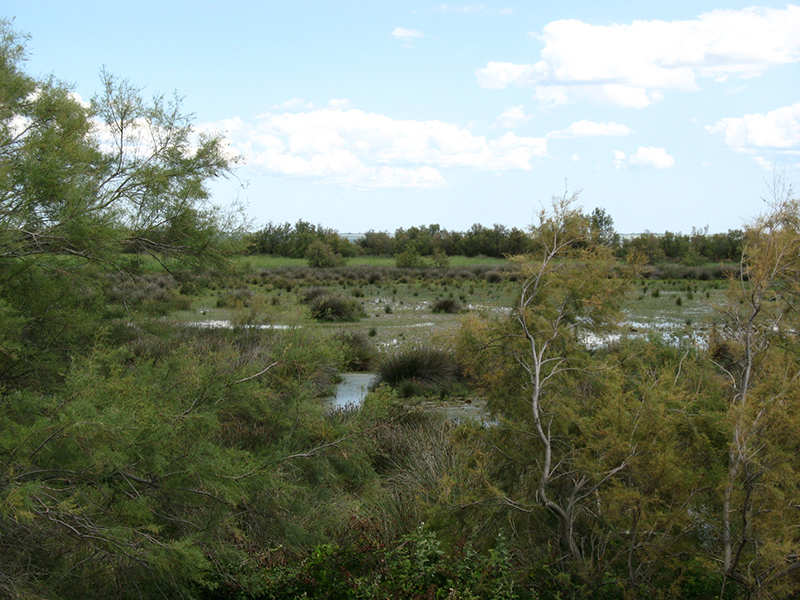
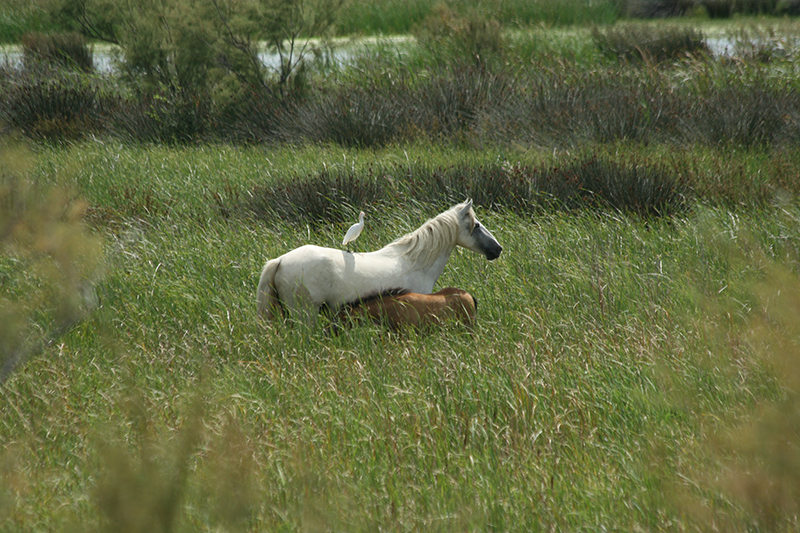
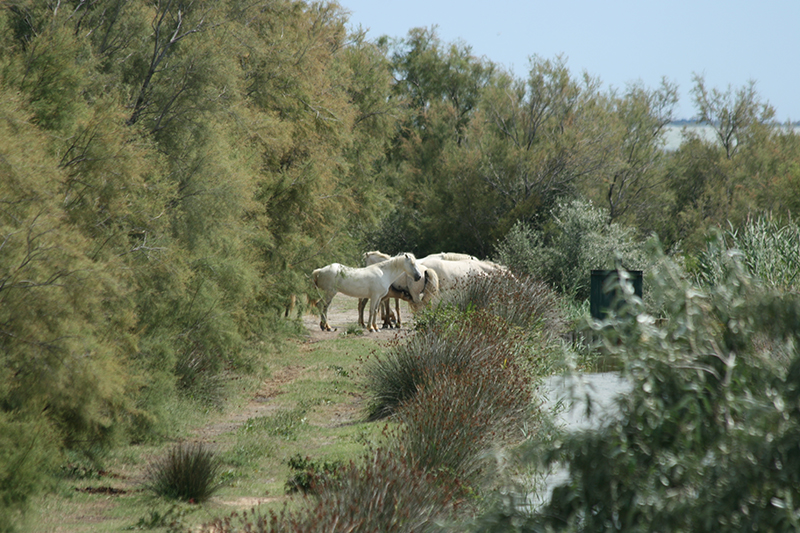
Since 2000 another animal has made his return to the waters of the region: the beaver.
Saintes-Maries-de-la-Mer
Though you can obviously spend a couple of days or even up to a week exploring the region of the Camargue, we picked only a day for a brief visit. Saintes-Maries-de-la-Mer was our base. This city lies at the borders of the Étang de Vaccarès, a large lagoon that gives you a taste of the region and gives opportunity for some easy walks. It’s also the most common spot to look for flamingos: they search for food in this large lagoon.
Be sure to eat some fresh mussels while you are there: they are delicious!
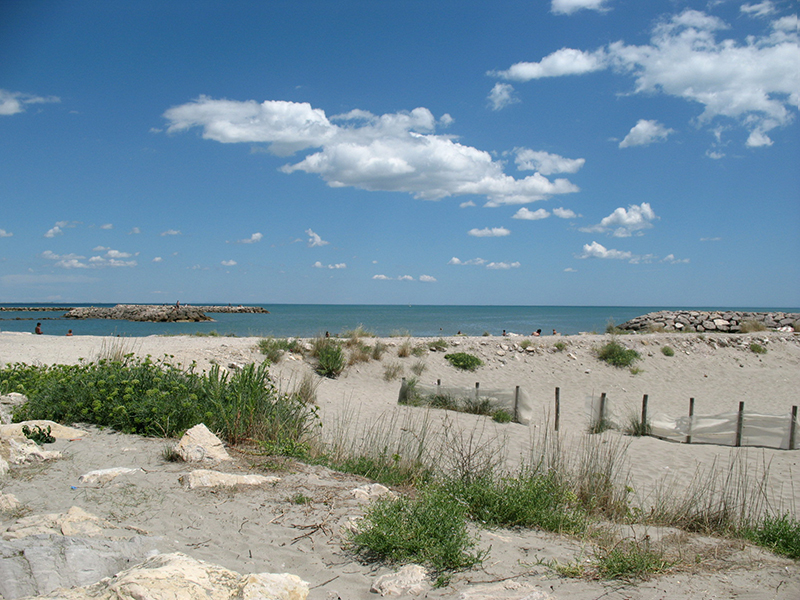
Aigues-Mortes
In the same region and about a half an hour drive from Saintes-Maries-de-la-Mer you find Aigues-Mortes, a fortified city. The medieval walls are well-preserved.

We stayed overnight at the excellent Hôtel Le Saint Louis , something we can highly recommend. During the day, the city is swarmed with day tourists. But at night, there’s hardly anybody there. We loved exploring the narrow streets, going out for a drink and visiting the city in the early hours of the day before the tourist masses arrived. The hotel has traditonal balconies overlooking the street or the beautiful garden, where you can enjoy your breakfast.
Aigues-Mortes translates as ‘the dead waters’, referring to the marshlands that surround the city. The city has never had potable water. Founded around 1300, the city has hardly changed since then. Narrow streets and lovely squares alternate eachother. The whole city bathes in a relaxed atmosphere, typical for the south of France.

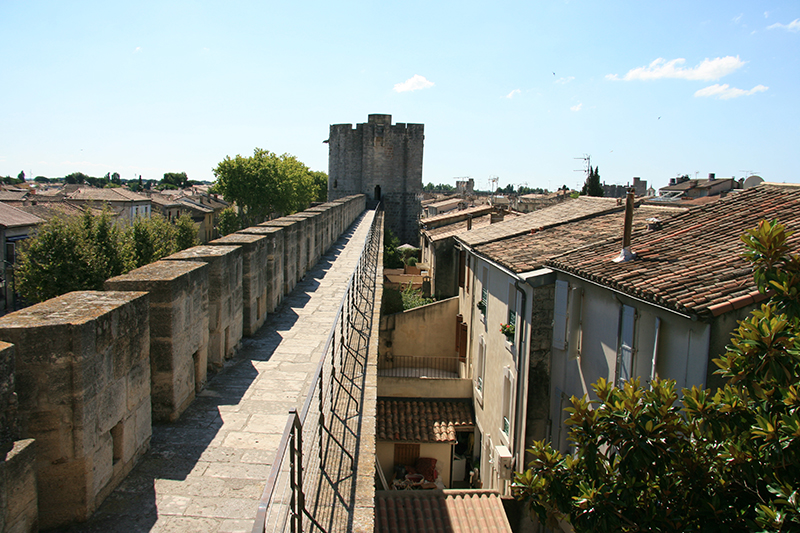
The highlight of your visit will certainly be a walk on the city ramparts, with several gates (or portes) along your way. The Tour de Constance, one of the 6 towers along the 1634m of walls, prisoners used to be held captive.
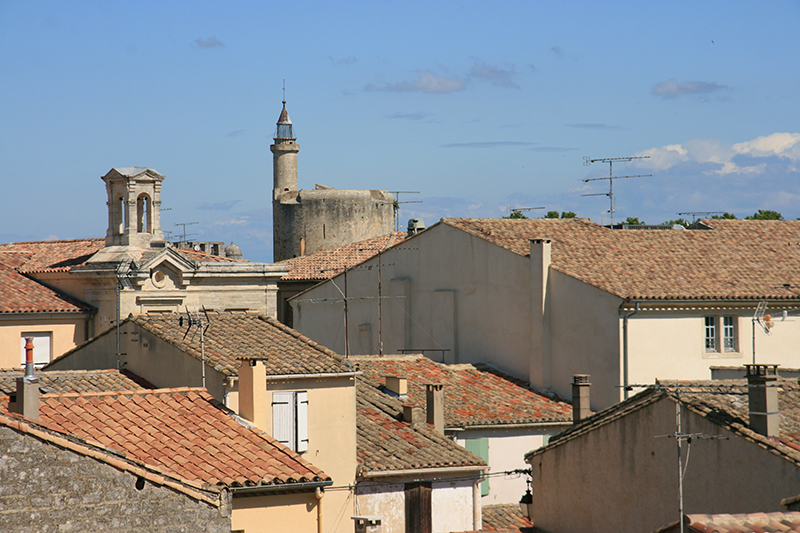
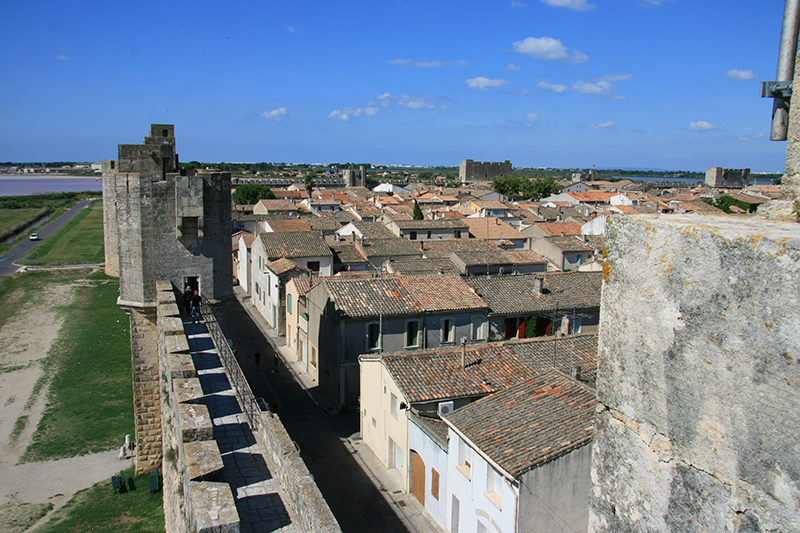

If you are looking for a good souvenir to take home, be sure to buy some Fleur de Sel de Camargue, sea salt that is harvested by hand from the top layer of the salt pan. It’s more moist than regular sea salt and can therefore not be used in a salt mill. It has a delicate flavor and is often used for the finishing touch in a dish.

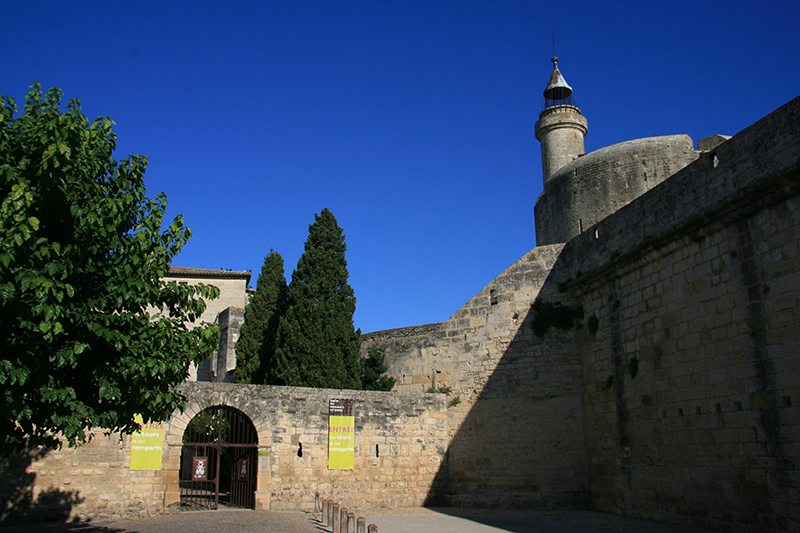
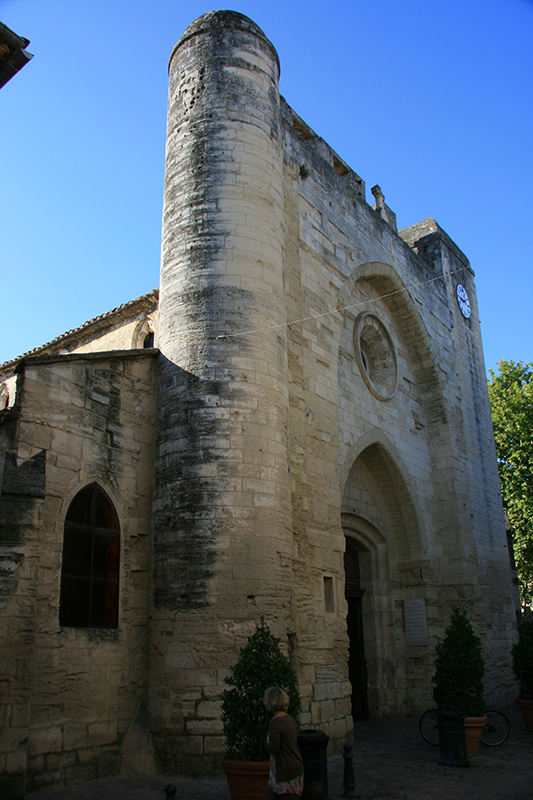

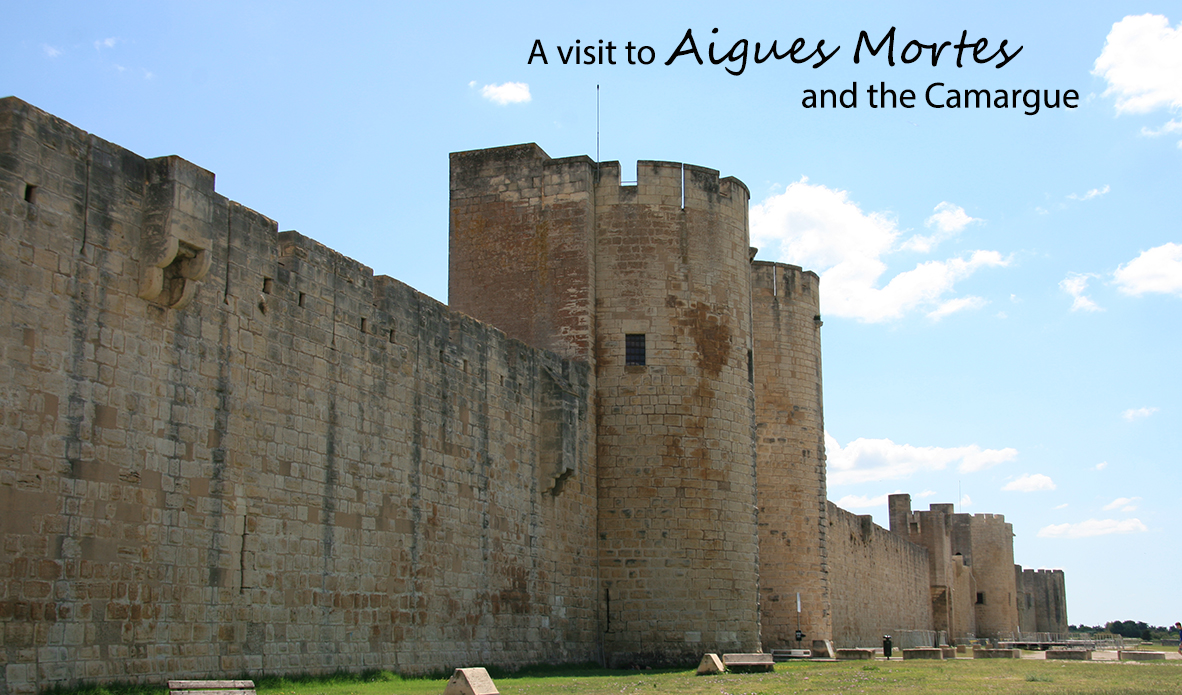
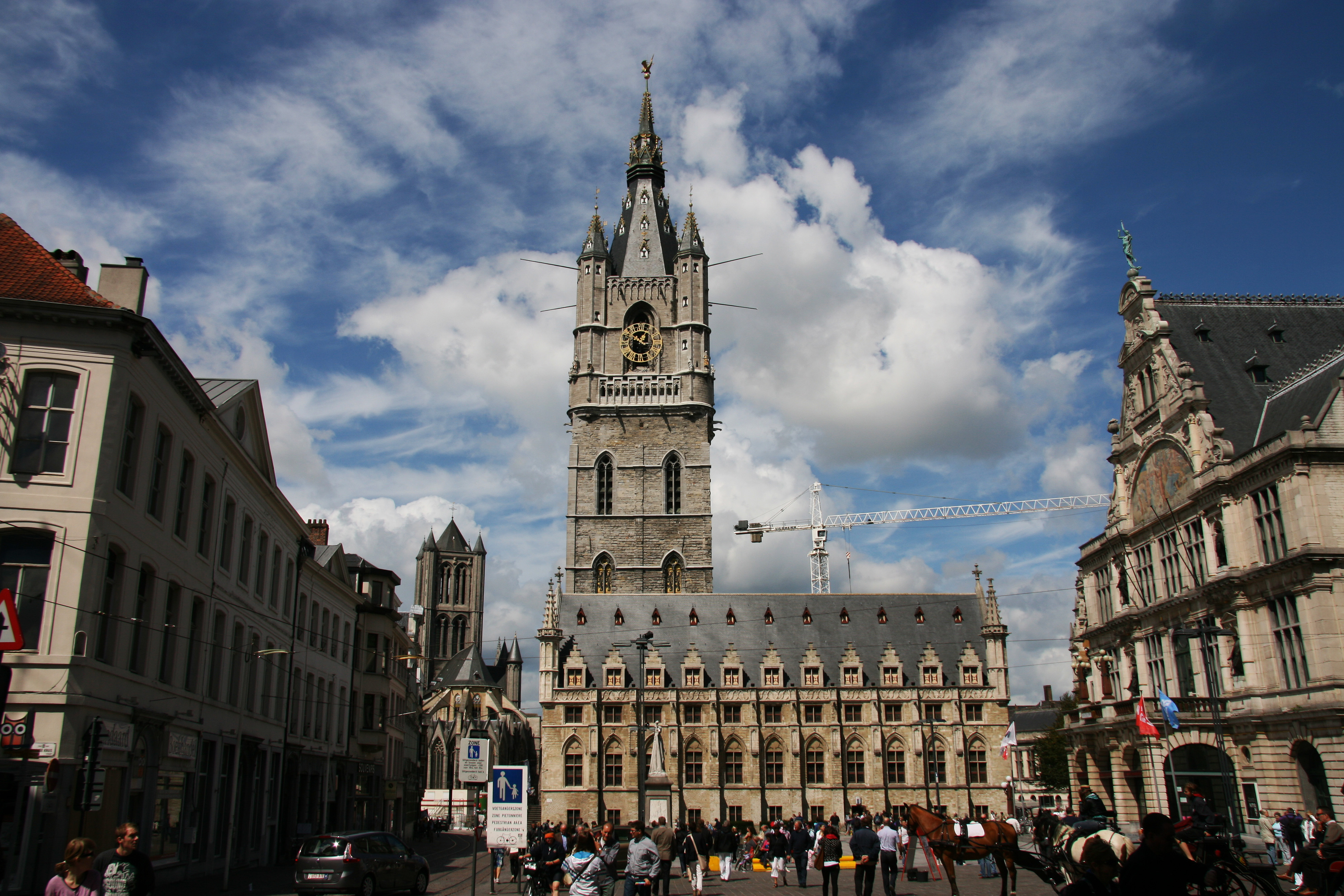
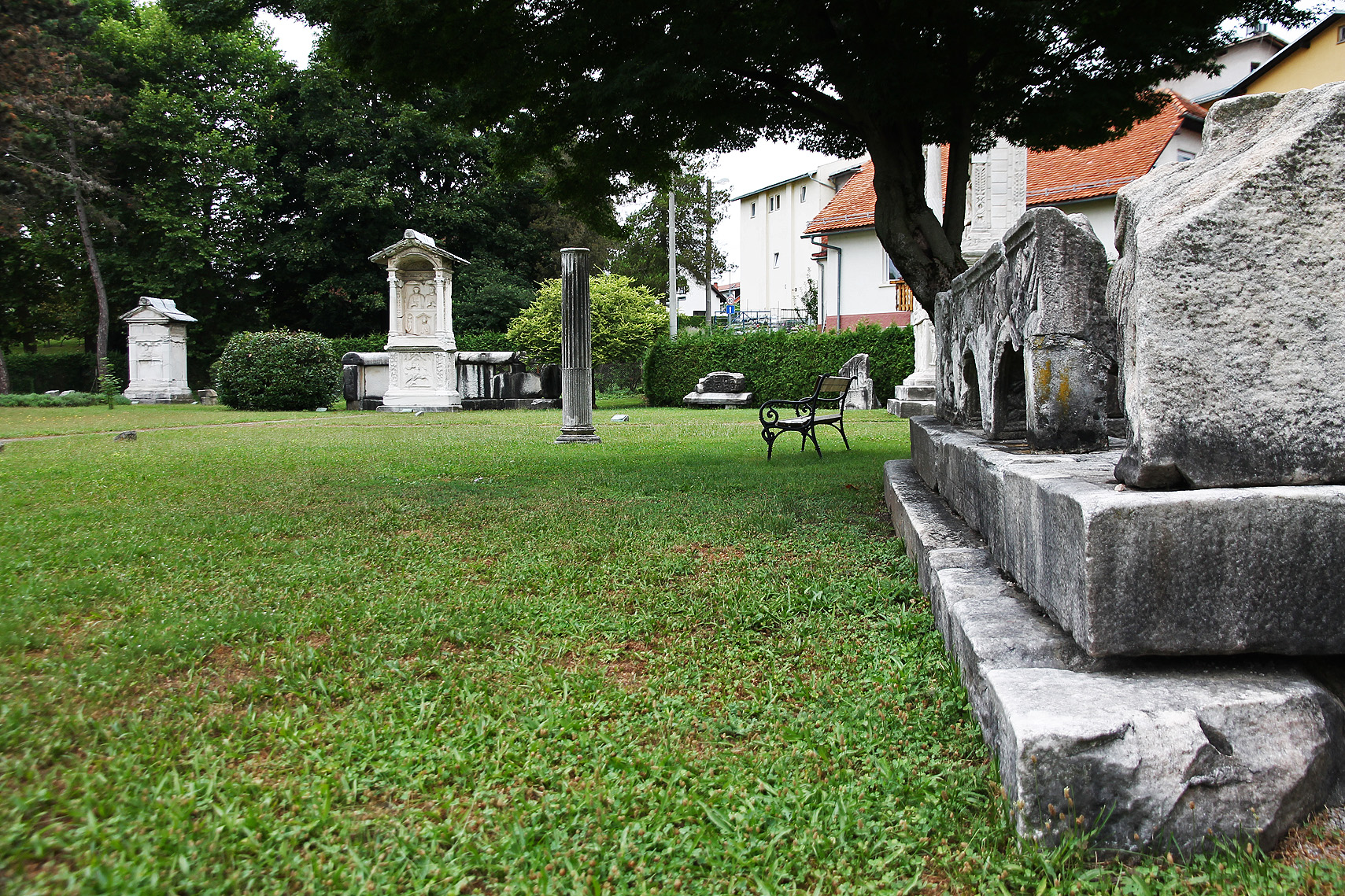
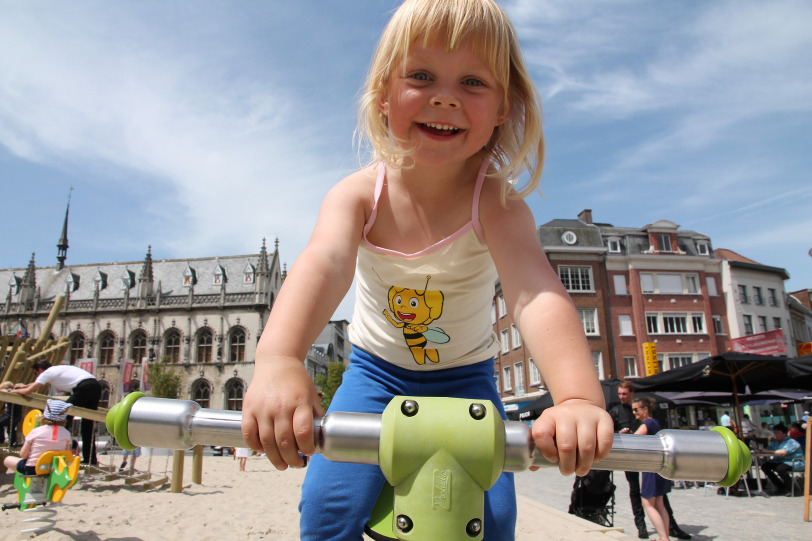
so beautiful place